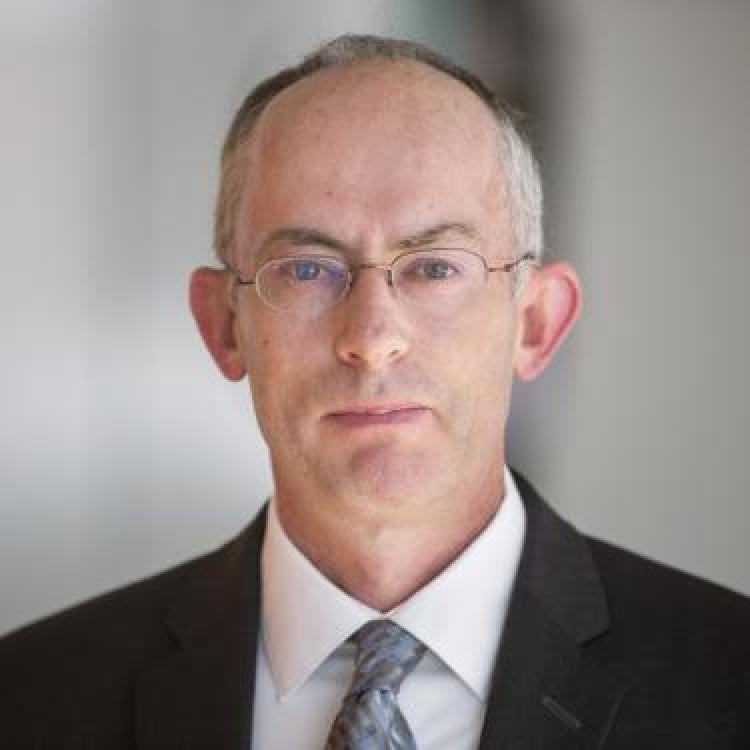Research will create important data in field of hypersonics

Professor Iain Boyd
Professor Iain Boyd is hoping new materials research funding from the U.S. Navy will lead to better understanding and management of heat transfer in hypersonic vehicles through the use of ultra-high-temperature ceramics.
Boyd, who is based in the Ann and H.J. Smead Department of Aerospace Engineering Sciences, said the research is motivated by the Navy’s recent resurgence of interest in the development of hypersonic vehicles. Those systems fly faster than Mach 5 (about 3,800 mph), experiencing high levels of heat on their external surfaces in the process.
A variety of solutions to this problem have been explored in the past, including silica tiles on the space shuttles which have low thermal conductivity and high emissivity – radiating much of the heat away during a long re-entry period. The Navy, however, is interested in hypersonic systems that operate over large distances in the atmosphere, such as mid-range and tactical-range boost-glide missiles. Tiles like those on the shuttles will not withstand the high aerodynamic loads of missiles, and thick heat shields are too heavy for use, creating a unique challenge.
Boyd’s group has worked in this field for years and studied many possible solutions, but this is the first time his lab has explored ultra-high temperature ceramics as one avenue.
“This class of materials has very high melting points, above 3,000 degrees Kelvin in some cases. But it is their performance in the presence of atomic oxygen, generated by hypersonic flow, that is essential to understand,” he said.
That is because the elevated temperatures generated in a hypersonic flow dissociate the oxygen molecules in air into atoms that are extremely reactive with many materials. To better understand those interactions and effects, Boyd’s lab will conduct a coordinated computational and experimental study of the materials, generating important data along the way.
Boyd said one challenge in that work will come in studying the surface chemistry.
“These more complicated chemical systems will be a real challenge to model due to all the different chemical pathways that exist,” he said. “We are fortunate in this project to have a collaboration with workers at the University of Vermont who have a unique facility for experimental testing of such materials. We are also planning to make use of test data taken by NASA on ultra-high-temperature ceramics. The data sets we eventually develop will allow us to evaluate the accuracy of the modeling that we will conduct, now and in the future.”
This new project will run over a two-year period and is funded by the Office of Naval Research.
Any opinions, findings, and conclusions or recommendations expressed in this material are those of the author(s) and do not necessarily reflect the views of the Office of Naval Research.

